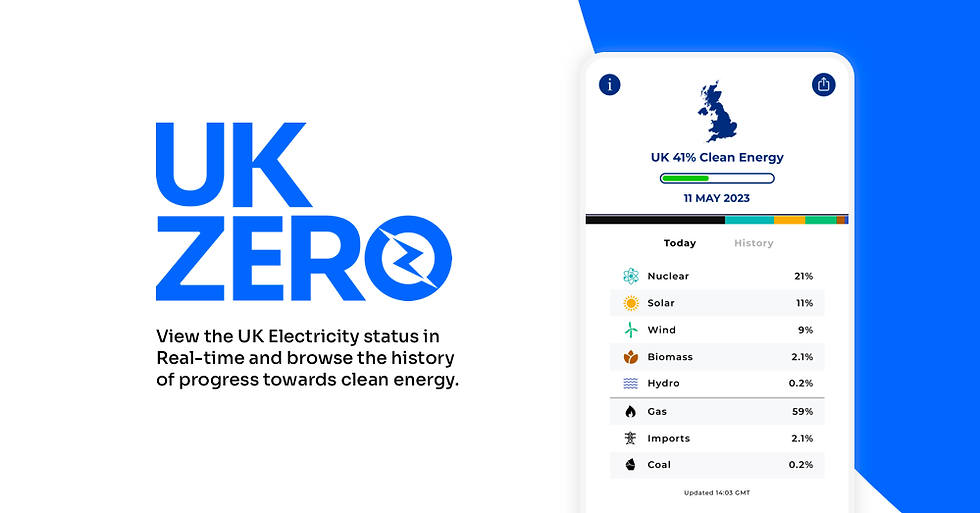The environmental impact of Glastonbury
- Kat Buckley

- Jul 10, 2024
- 2 min read
Summertime in the UK means festivals! And now that the most iconic one of the year is behind us, we’re diving into the environmental impact of Glastonbury Festival.
Clean energy
Since it was founded in 1970, Glastonbury has committed to keeping the festival as environmentally friendly as possible. In 2023, the festival was, for the first time, powered entirely by renewable fuels and energy.
The festival’s offices were powered by solar and biogas energy, the generators ran on sustainable, renewable palm oil-free HVO fuel - made from waste cooking oil - and a temporary wind turbine-powered food stalls in the Williams Green market area.
Waste and recycling
Since 2019, the sale of single-use plastic and plastic vapes has been banned on the festival grounds. Crisps are now only available in compostable packets.
Vendors have to adhere to strict guidelines: only compostable or reusable plates, cutlery and drinking straws are allowed to be used as serveware, and all cutlery must be made from FSC-assured wood.
Traders who use charcoal for cooking must ensure it comes from a sustainable source, charcoal packaging must be fully compostable, and plastic sacks/bags are not permitted.
The team behind the festival hand-separate for single-stream recycling, and the festival’s onsite recycling plant is the country’s largest events-run facility.
Transport
Of the 210,000 people who attend Glastonbury, over 40,000 arrive by coach, train, or bicycle each year. While this reduces the festival's carbon footprint, the average petrol car produces the equivalent of 180g of CO2 every kilometre, so if just half the remaining attendees drive the distance from London to Glastonbury, that releases an extra 2,664 tonnes of CO2 into the atmosphere - the equivalent of five jumbo jets.
Festival outfits
In 2019, a survey conducted by Censuswide for Barnardo’s “found that single-use outfits for music festivals, such as Glastonbury and Coachella, alone, account for approximately $307 million worth of items per year, or about 7.5 million outfits worn only once.”
Single-use fashion has a detrimental effect on the environment because the carbon footprint of wearing a garment once is unsustainably high.
Join the movement! Download UK Zero, connect with others, and let's work together for a sustainable future.




Comments